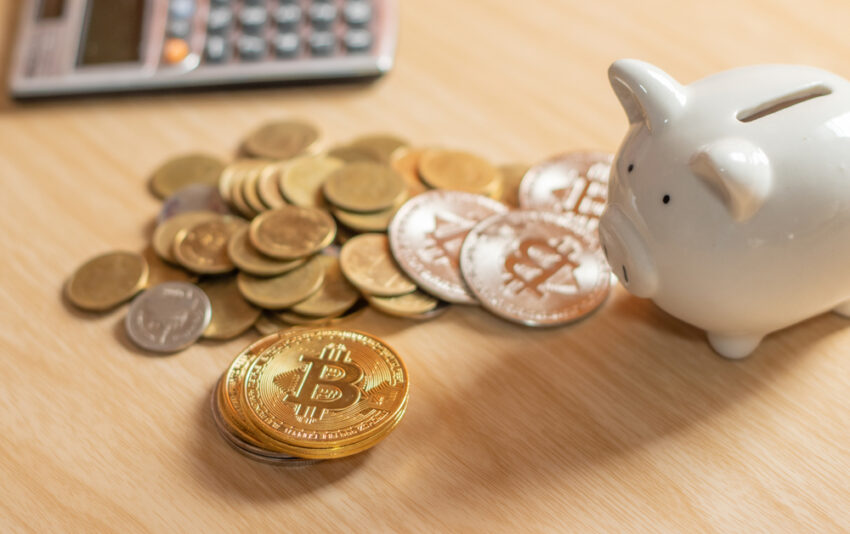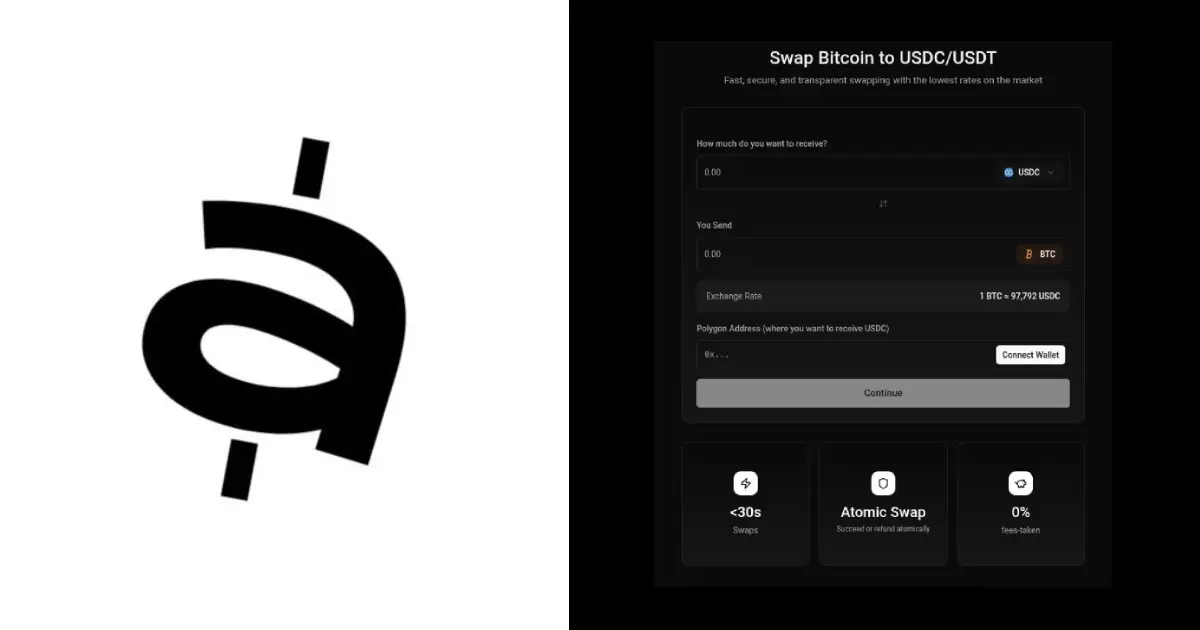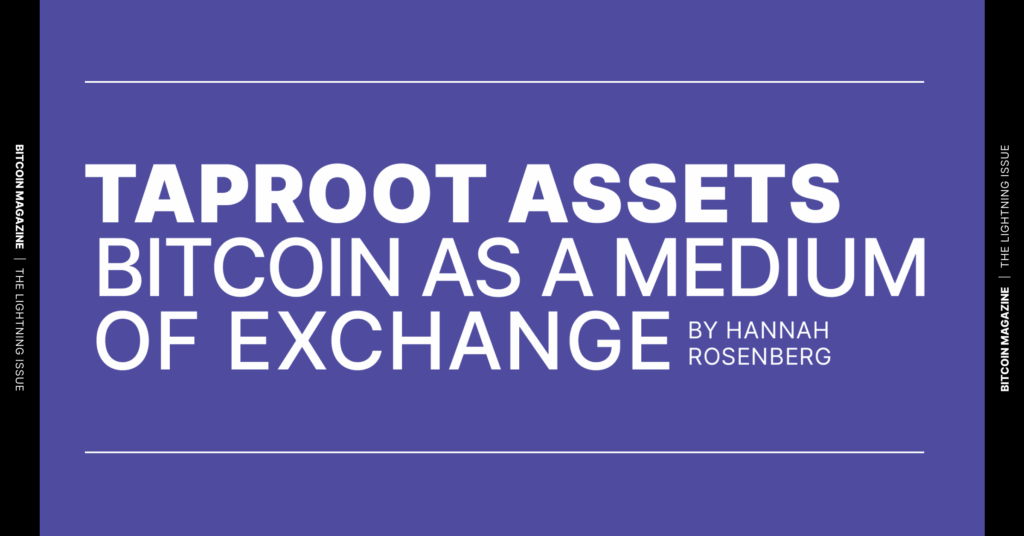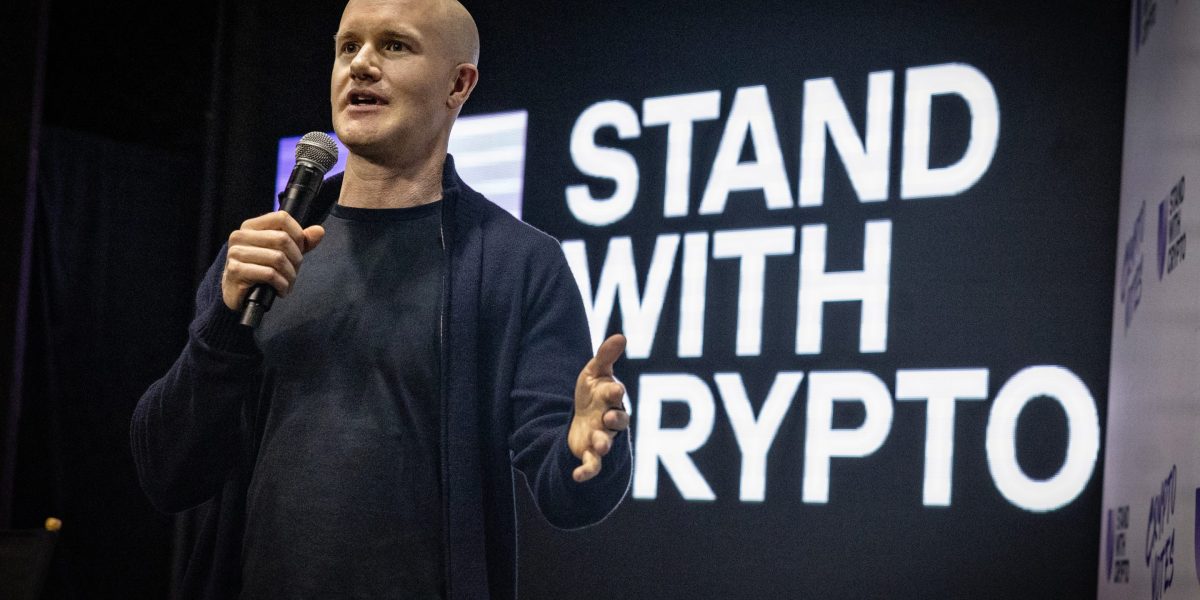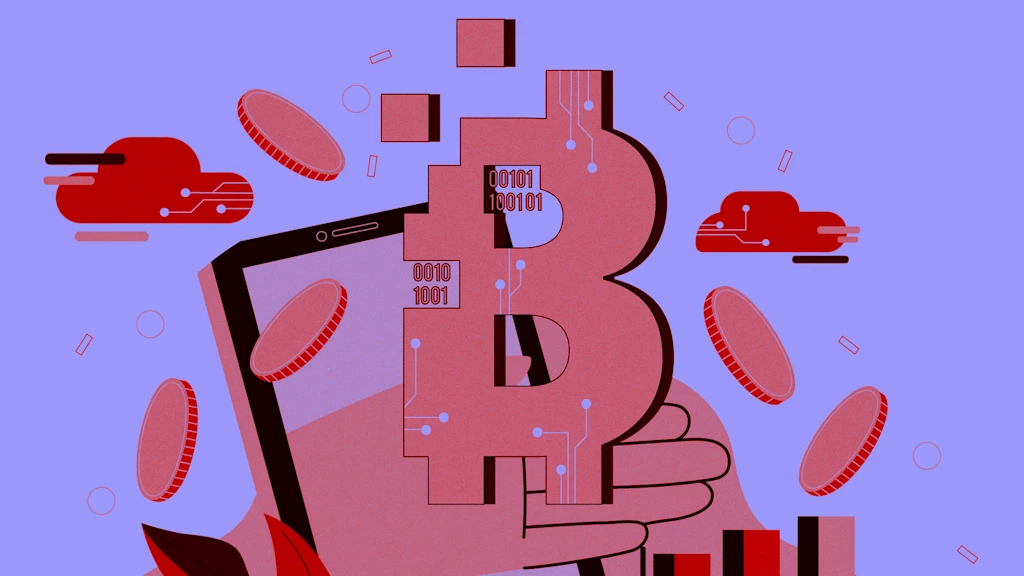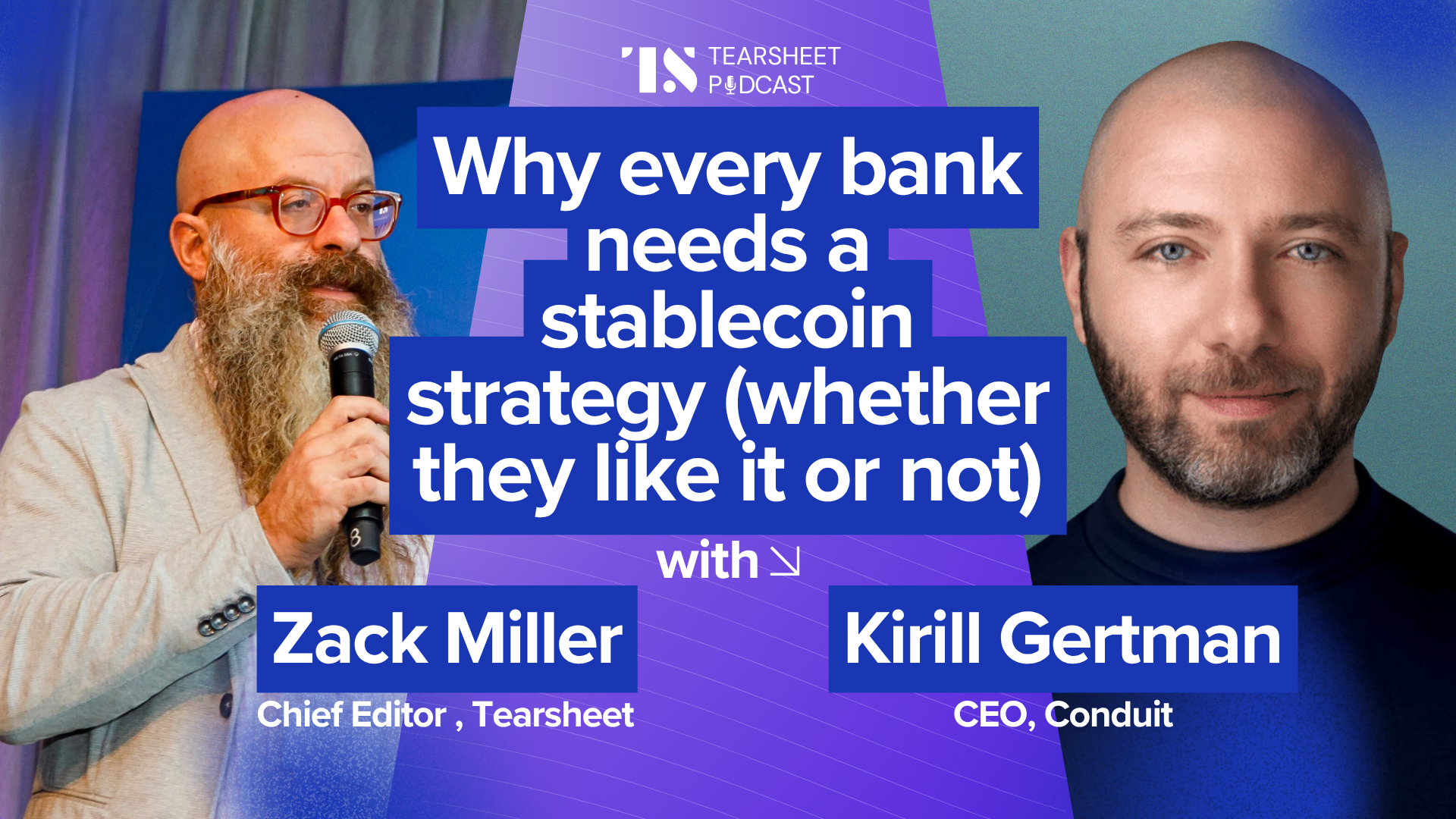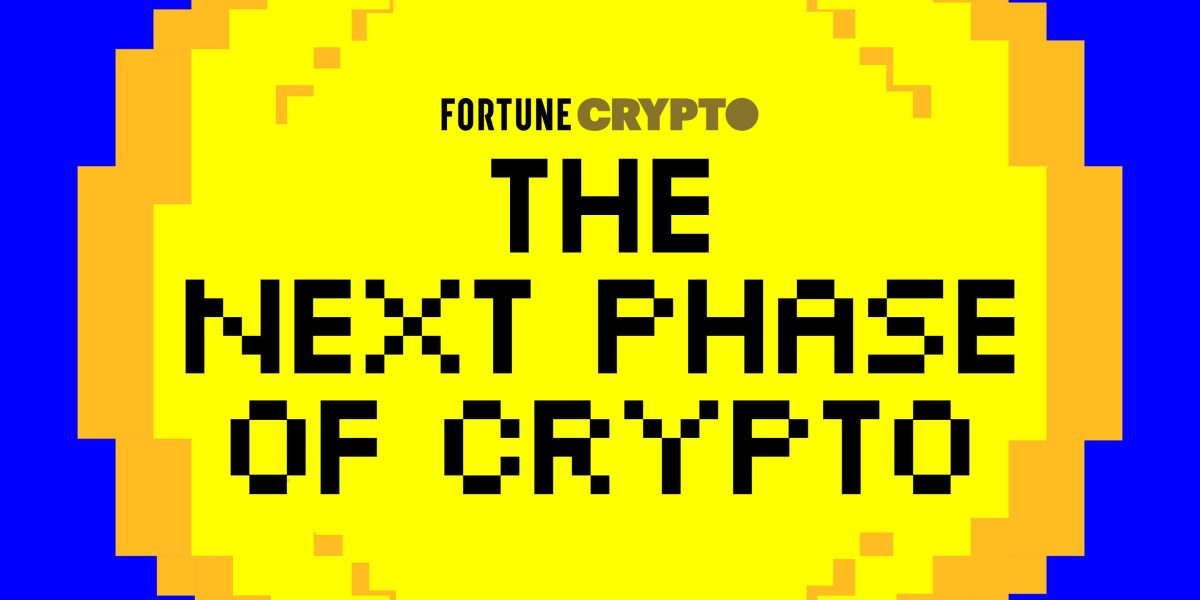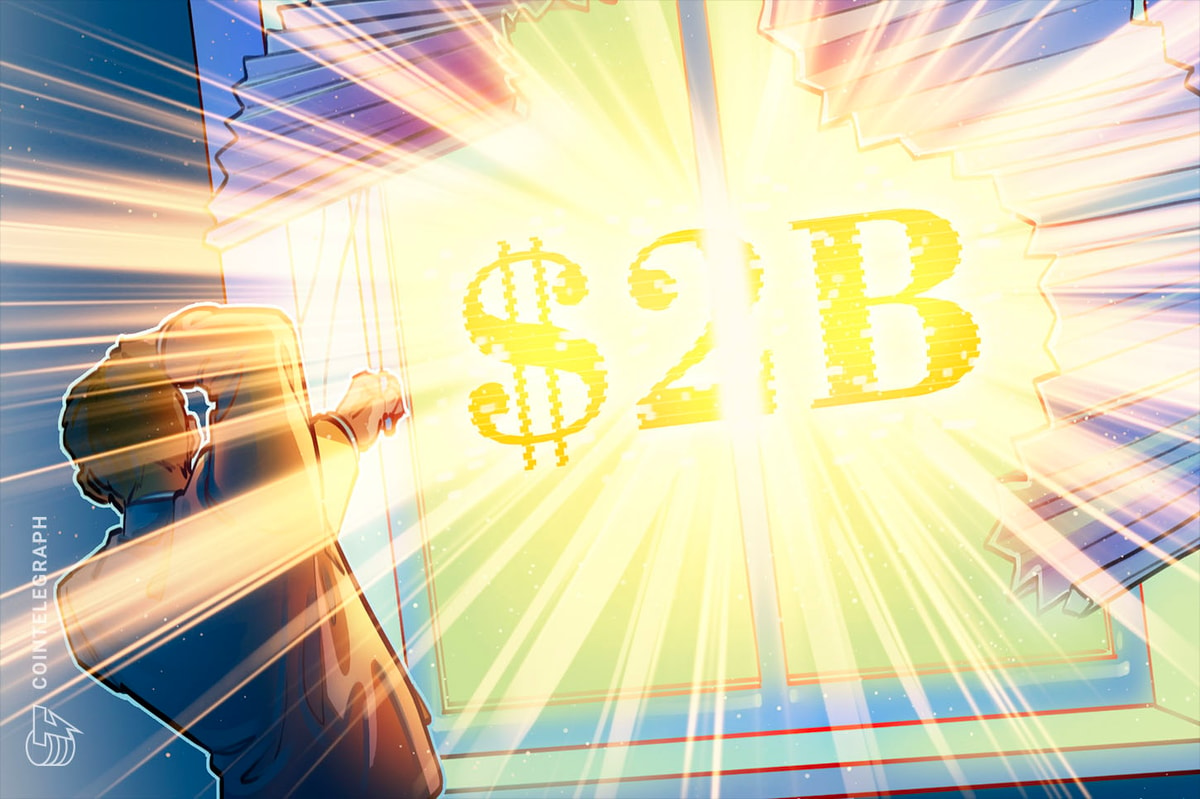#stablecoins
#stablecoins
[ follow ]
from24/7 Wall St.
3 days agoCircle Internet Wins Crypto Bank Charter. Is It a Buy Again?
In a major regulatory win for the cryptocurrency sector, the Office of the Comptroller of the Currency (OCC) has granted conditional approval for Circle Internet Group ( ) and Ripple to establish new national trust banks. The OCC also conditionally approved Paxos, BitGo, and Fidelity Digital Assets to convert their existing state trust licenses into national charters. These five approvals mark a significant step toward integrating digital asset firms into the federal banking system.
Cryptocurrency
fromFortune
5 days agoYouTube launches option for U.S. creators to receive stablecoin payouts through PayPal | Fortune
Big Tech continues to tiptoe into crypto. The latest example is a move by YouTube to let creators on the video platform choose to receive payouts in PayPal's stablecoin. The head of crypto at PayPal, May Zabaneh, confirmed the arrangement to Fortune, adding that the feature is live and, as of now, only applies to users in the U.S. A spokesperson for Google, which owns YouTube, confirmed the video site has added payouts for creators in PayPal's stablecoin but declined to comment further.
Business
fromFortune
4 weeks agoPopular crypto lending service Aave to launch app in Apple store that offers high-yield returns to consumers | Fortune
The recent crypto boom has been marked by blockchain companies working to expand their appeal to mainstream consumers. That now includes Aave Labs, the developer behind a popular decentralized lending service, which on Monday announced plans to launch an app in Apple's App Store and opened up a waitlist for interested users. Aave is well-known in crypto as a leading project in DeFi, or decentralized finance.
Startup companies
E-Commerce
fromFortune
4 weeks agoVisa leans into AI-enabled payments and stablecoins to stay ahead of the game, says Asia-Pacific president Stephen Karpin | Fortune
Visa is launching AI-enabled payments enabling agentic commerce and testing stablecoin settlements to adapt to Asia's shift from cash to digital wallets.
fromBitcoin Magazine
1 month agoYou Can Use Cash App's New Feature To Pay With Bitcoin - Even Without Owning Any
Starting today, the app will let you pay with Bitcoin instantly - even if you don't hold any - by automatically converting your USD balance on the app into bitcoin for the merchant. In a series of app features announced today, the app will now spend bitcoin locally, pay in USD over the Lightning Network, and send or receive stablecoins.
fromFortune
1 month agoCoinbase calls off $2 billion deal for stablecoin startup BVNK | Fortune
One of the largest deals ever for a stablecoin startup has fallen through. Coinbase has called off acquisition talks with the U.K.-based BVNK, a spokesperson for the crypto exchange confirmed to Fortune. It wasn't immediately clear why Coinbase iced the deal, which had gotten as far as the due diligence process and seen the crypto giant and BVNK enter into exclusivity in October, meaning the startup couldn't entertain offers from other bidders.
Business
from24/7 Wall St.
1 month agoWill XRP Finally Break Past $5 by 2026?
XRP was on a wild ride in August. The token hit $3.66 back then, riding a wave of optimism that had traders excited about altcoins again. Institutions were buying, retail was jumping back in, and everything looked bullish. Then reality hit. Profit-takers showed up first, locking in gains after the August peak. Trading volume started dropping off, the broader crypto market lost steam, and XRP couldn't hold the highs.
Business
fromwww.mercurynews.com
1 month agoZelle plans to expand bank-owned payments network to outside US
Zelle, the bank-owned service that facilitates consumer money movement, said it plans to expand its services internationally. Zelle will rely on stablecoins to enable cross-border money movement, according to a statement Friday from Early Warning Services LLC, Zelle's parent company. All Zelle network banks will have the option to provide the service, according to the statement. Financial-technology firms such as Wise Plc have long operated in the cross-border money-movement space, but the banks' scale gives them an advantage in the crowded market.
Tech industry
fromBitcoin Magazine
2 months agoJPMorgan Confirms Clients Will Soon Trade Bitcoin And Crypto
Scott Lucas, JPMorgan's global head of markets digital assets, outlined the bank's approach in a CNBC interview, emphasizing an "and" strategy that balances existing financial infrastructure with emerging blockchain opportunities. On trading crypto, Lucas said that, "Jamie [Dimon] was pretty clear during investor day that we were going to be involved in the trading of that, but custody is not on the table at the moment," The bank has been experimenting with deposit tokens and stablecoins, tools that enable cash-like digital assets on distributed ledgers.
Business
fromFortune Crypto
2 months agoExclusive: Coinbase and Mastercard have both held advanced talks to buy stablecoin startup BVNK for around $2 billion | Fortune Crypto
Almost one year after the fintech giant Stripe struck a $1.1 billion deal to acquire the stablecoin startup Bridge, two other big corporate players want to scoop up a stablecoin firm of their own. The U.S. crypto exchange Coinbase and the payments giant Mastercard have each held advanced acquisition talks to buy London-based BVNK, according to six sources familiar with the dealings, who asked for anonymity to talk about confidential business discussions.
Miscellaneous
fromwww.theguardian.com
2 months agoThe rise of digital money poses significant challenges for regulators
There are those among us who like the idea of swiping and tapping their way through life, armed with a lifetime of digital information as they enter buildings, book online appointments and take train rides to work. Others are not so keen, fearing that big brother databases chock full of personal details will one day control their movements, if that is not happening already.
UK politics
fromTheregister
2 months agoBlockchain just became a mainstream part of global finance
SWIFT - aka the Society for Worldwide Interbank Financial Telecommunication - provides a messaging service that financial institutions use to move money around the world. The service is widely used but is slow because, as explained by ANZ Bank, SWIFT "doesn't actually move the money." "This means the instruction to pay and the movement of funds happen separately, often requiring a complex network of accounts and correspondent banks to enable a payment to be processed.
World news
fromcointelegraph.com
2 months agoDATs become corporate crypto's standard while Stablecoins take over payments in 2025.
The Digital Asset Treasury (DAT) strategy has moved from an experiment to a consensus playbook for public companies seeking balance-sheet exposure. Digital Asset Treasuries are listed companies that accumulate tokens as treasury assets, using the stock market's financing power to steadily increase onchain holdings. In its half-year report, HTX research breaks down how the DAT strategy has become the industry standard, how perpetual aggregators ballooned, how stablecoins remain a dominant narrative, and more.
Business
US politics
fromEntrepreneur
3 months agoWhat Every Small-Business Founder Needs to Know About Stablecoins and Digital Dollars | Entrepreneur
Stablecoins are currency-pegged digital tokens that can speed payments, embed compliance, and, under emerging regulation, offer entrepreneurs lower friction and operational advantages.
Startup companies
fromFortune Crypto
3 months agoCrypto companies are fighting in a 'Bachelor'-style frenzy to launch a stablecoin that will power DeFi's hottest exchange | Fortune Crypto
Companies are competing to issue a stablecoin on Hyperliquid to access nearly $6 billion in stablecoins traded on its exchange.
fromcointelegraph.com
3 months agoTop 10 crypto CEOs by net worth in 2025: Who's leading the industry?
A new wave of millionaires is rising from culture, entertainment and Web3-native models like Stake.com. Crypto leadership shifts fast; most top names today weren't on the radar a decade ago. The crypto market is back in full force as of mid-2025. Total capitalization has surged to $3.8 trillion (up over 130% year-on-year), which has sparked a new surge of wealth across the industry.
Tech industry
Venture
fromSilicon Valley Journals
3 months agoRain Raises $58M Series B Led By Sapphire Ventures to Become the Enterprise Stablecoin Platform of Record
Rain closed a $58 million Series B to scale its compliant, enterprise-grade stablecoin infrastructure enabling banks, fintechs, and marketplaces to launch payment programs globally.
[ Load more ]
